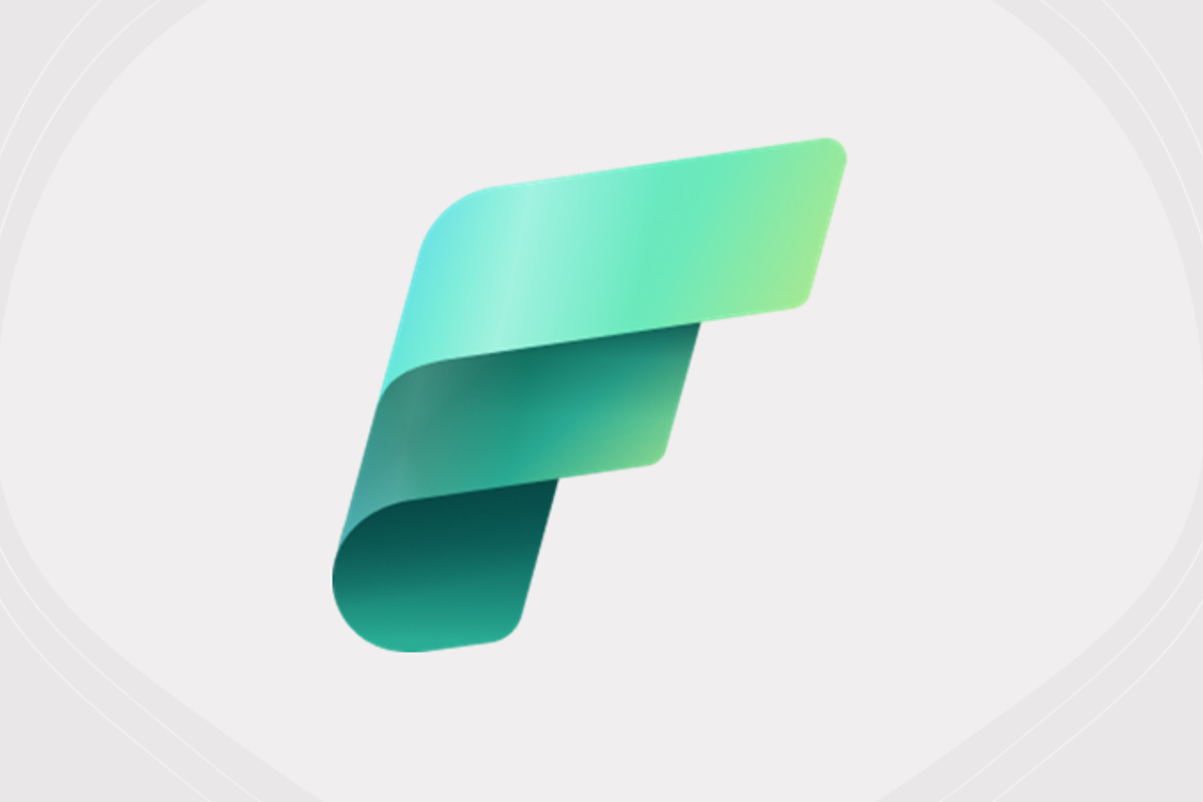Microsoft Fabric is the latest innovation in data, putting Microsoft Power BI front and center and extending the low code capability into data platforms. It offers organisations a more accessible route to improving their reporting and getting more value from their business data, unfortunately the licensing is a bit tricky. In this article we unravel the licensing for Microsoft Fabric.
Microsoft Fabric
Microsoft Fabric is a new offering from Microsoft combining their data warehouse, data pipeline and extraction and data visualisation solution. Fabric offers a low code and fully integrated experience, taking the best of Power BI, Azure Synapse and Azure data factory into one easy to use data platform. It is the next step in helping organisations build a modern data platform.
Microsoft Fabric licensing
Microsoft Fabric is based on two main licensing concepts. The first is a shared pool of computational resources, similar to those bought via Power BI premium or Azure, these are called capacity licenses and the second is a user license.
Capacity licenses
A capacity license provides the infrastructure for Microsoft Fabric. Your capacity license allows you to:
- Use all the Microsoft Fabric features licensed by capacity
- Create Microsoft Fabric items and connect to other Microsoft Fabric items
- Save your items to a workspace and share them with a user that has an appropriate license
There are two ways you can purchase the capacity; one is via Azure and is called a Fabric capacity reservation and the other is Power BI premium capacity reservations. Both are similarly priced but are billed either via Azure or M365.
A capacity is a dedicated set of resources reserved for exclusive use. It offers dependable, consistent performance for your content. Each capacity offers a selection of SKUs, and each SKU provides different resource tiers for memory and computing power. The type of SKU you require, depends on the type of solution you wish to deploy, and the amount of compute required to run it.
Per user licenses
Next there is the user side of the license. There are a few different options and scenarios. The main focus on fabric licensing here is Power BI. There are three different Power BI licenses available:
- Free
- Power BI Pro
- Power BI Premium per user
Two key scenarios:
- Scenario 1 – capacity license SKU that is F64 or over. With this option you do not require a Power BI licenses for every user, you get this included. In this scenario your organisation does still require atleast one Power BI pro or premium per user license.
- Scenario 2 – capacity license SK less than F64. With this scenario you are required to license users with a paid for Power BI license. Either Pro or Premium.
Unfortunately, Fabric licensing is fairly confusing. There are some organisational computational decisions to be made and then there is the user side of it. It does appear that Power BI premium users will be in very good shape to jump straight into Fabric from a license perspective but for others some work on sizing will be required.
There is clearly a value tipping point where over F64 gets licenses for everyone in their organisation similar to the Power BI premium license that was already available. So large organisations will likely be good candidates for this approach.
For smaller organisations comparing the requirements of Fabric vs using Azure Synapse and Power BI is a possible way of reducing costs but increasing complexity.
To learn more about Fabric or discuss your approach to data Contact us today.




